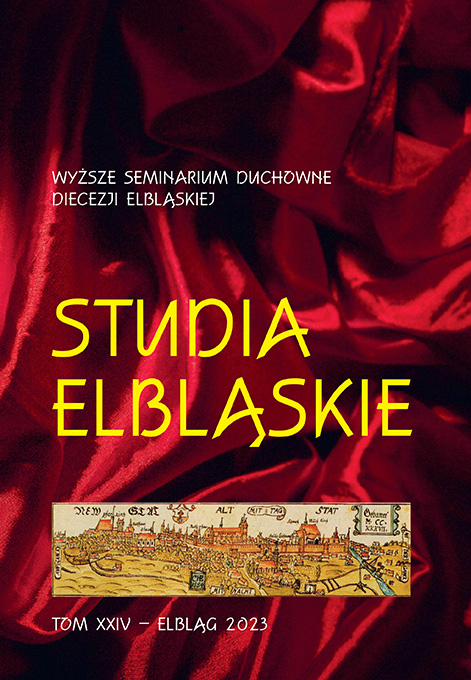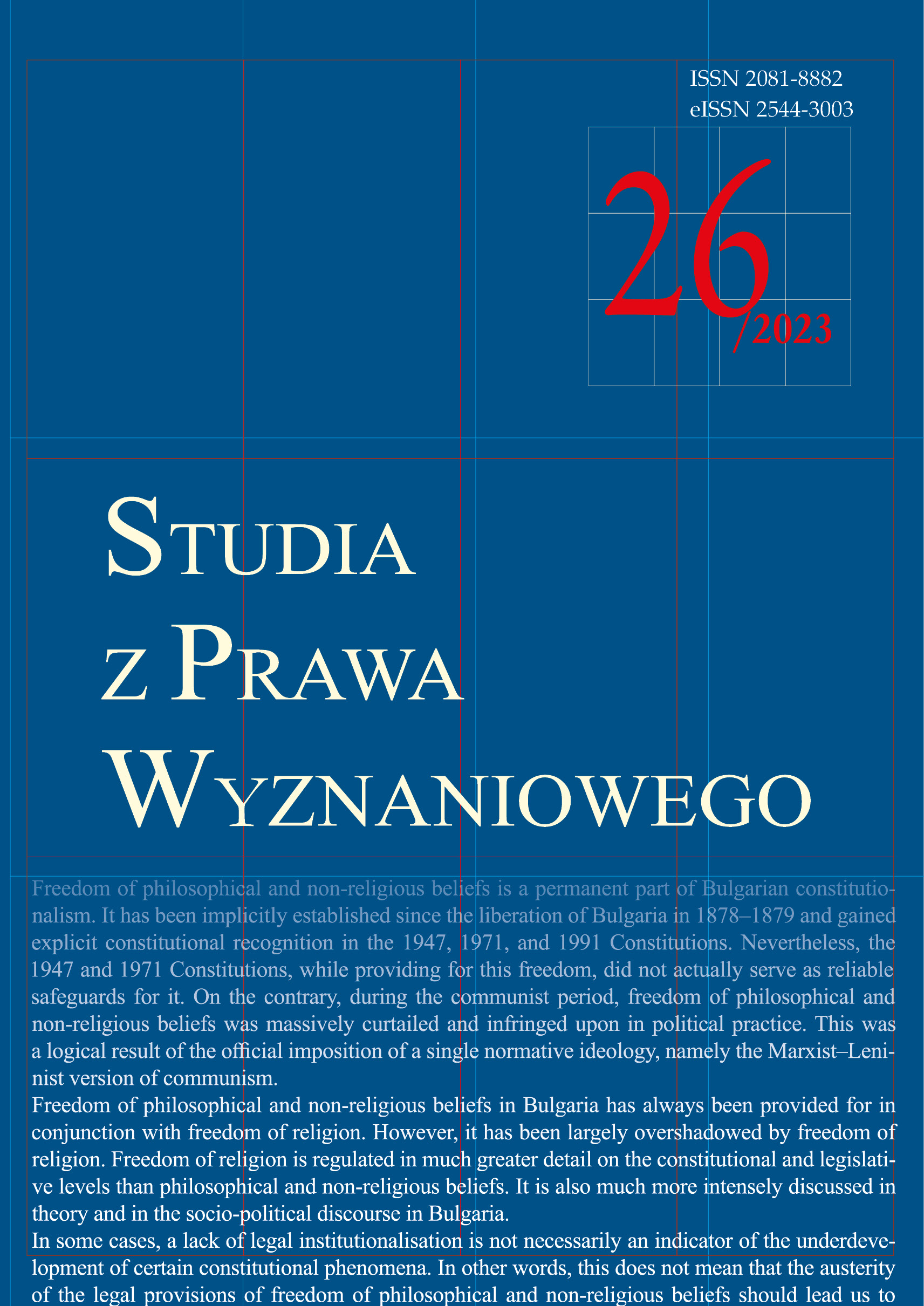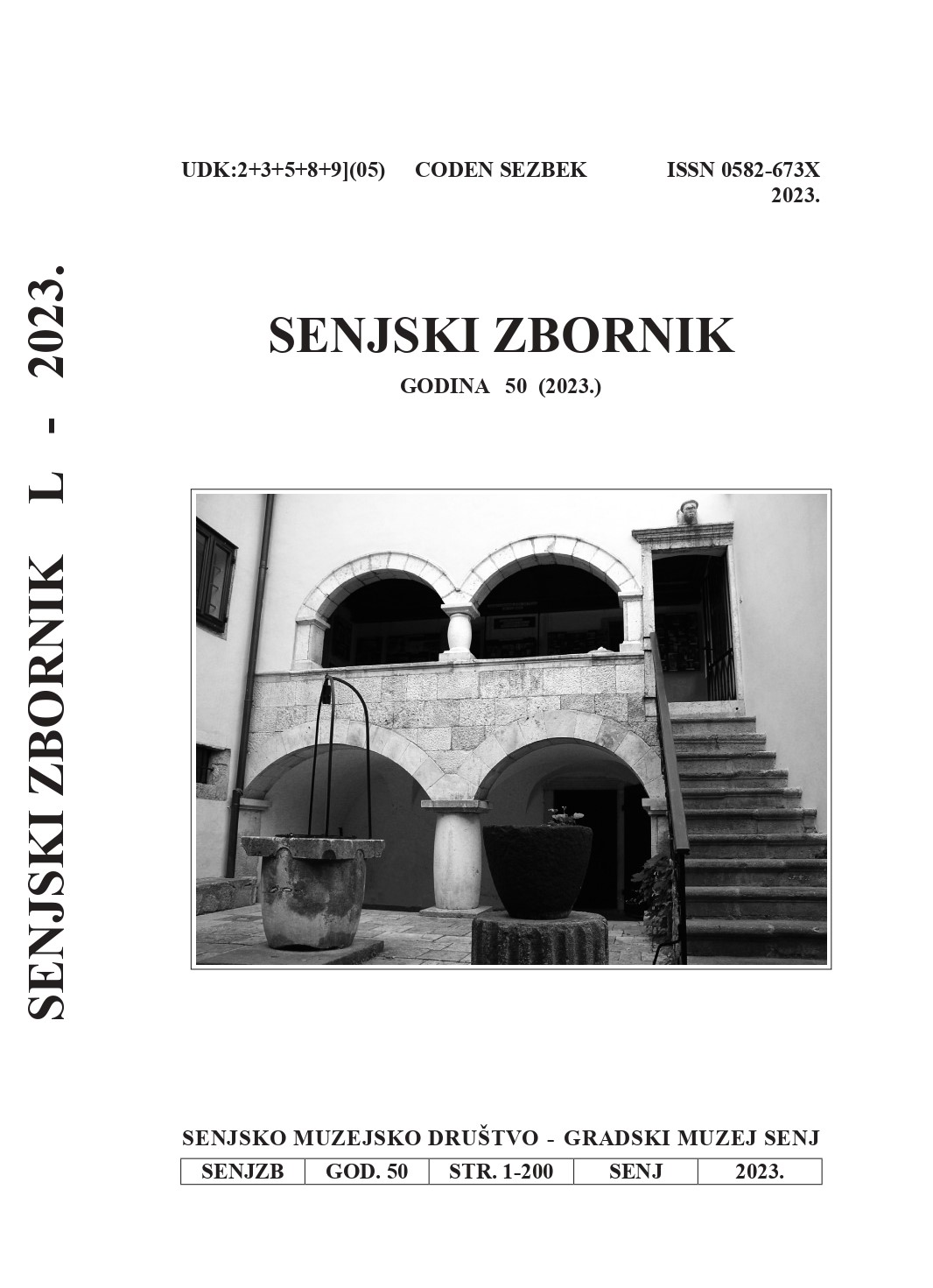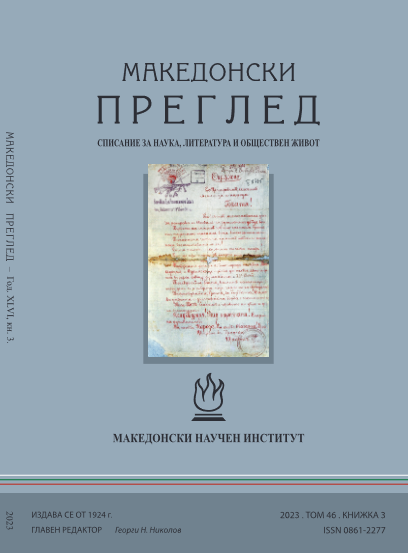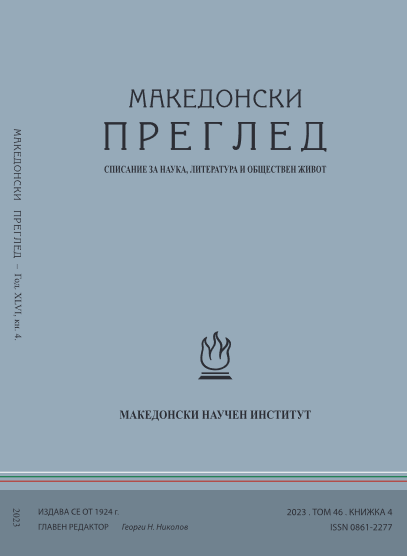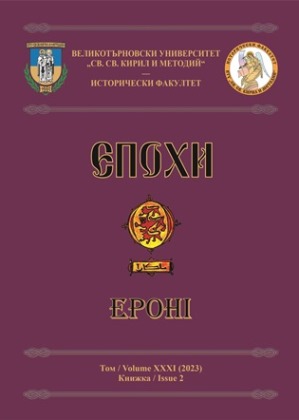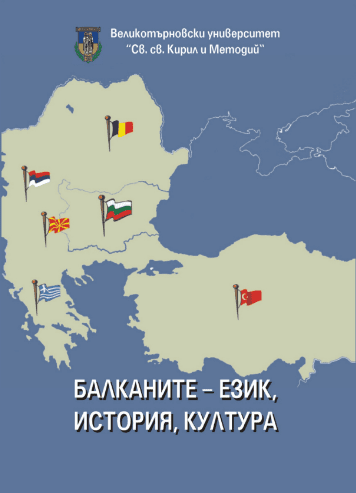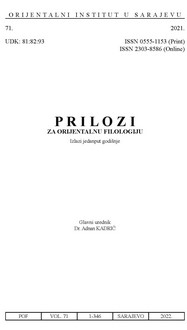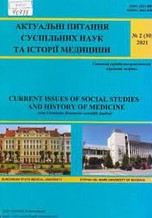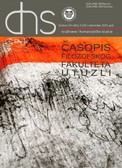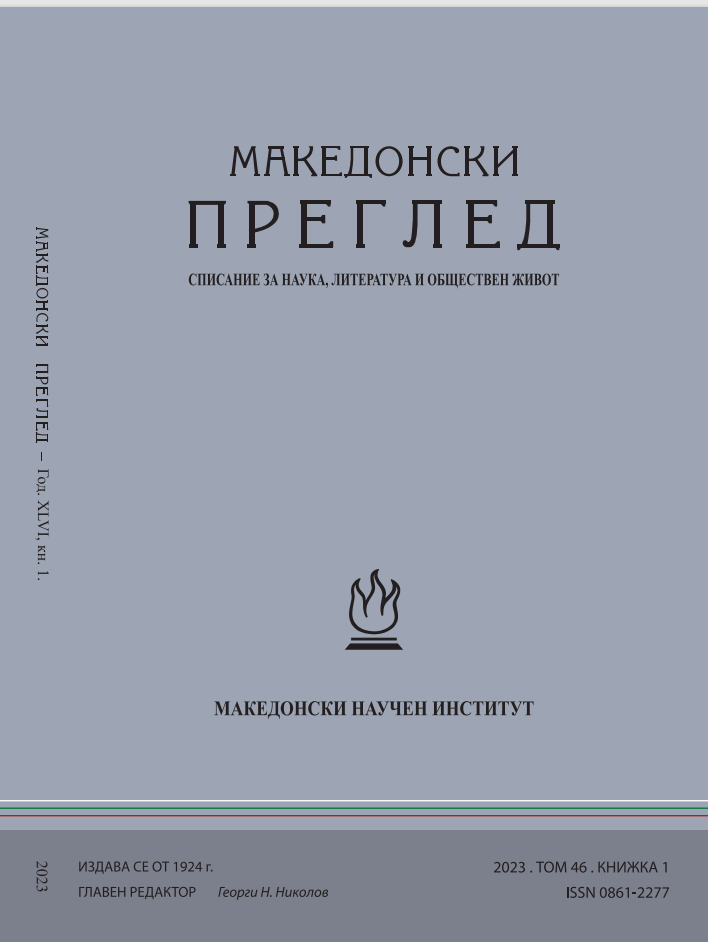
Създаване и дейност на Македонския научен институт (1923 – 1947)
At the end of 1923, a new organization of the Macedonian Bulgarians was established in Sofia, which was unparalleled in comparison to other refugee formations – the Macedonian Scientific Institute (MSI). Although small in membership, the new organization included some of the most prominent representatives of the Bulgarian scientific and public elite, most of who were natives or had origins in Macedonia. The main goal of MSI was defending Bulgarian character of the historical and geographic region of Macedonia through scientific evidence. The Institute developed intensive publishing activity, acted internationally in defence of the Bulgarian national cause, and co-opted foreign scientists as members, whose works were to contribute to popularizing cultural and historical heritage of the Bulgarians in Macedonia: all were destined for the above goal. After the political changes in Bulgaria occurred in the autumn of 1944, the new rulers yielded to the pressure coming from the Soviet Union and from the new communist (Tito’s) Yugoslavia, and proceeded to ‘self-dissolution’ of all Macedonian refugee organizations. This logically led to the closing of the Macedonian Scientific Institute in 1947.
More...
